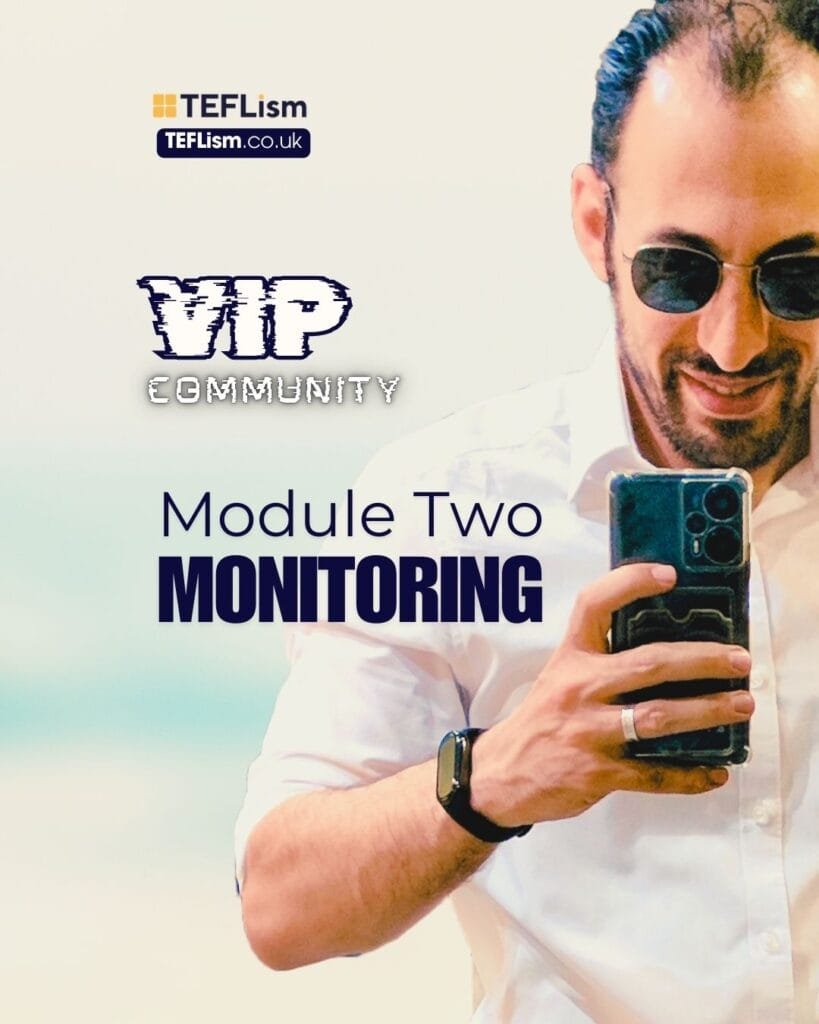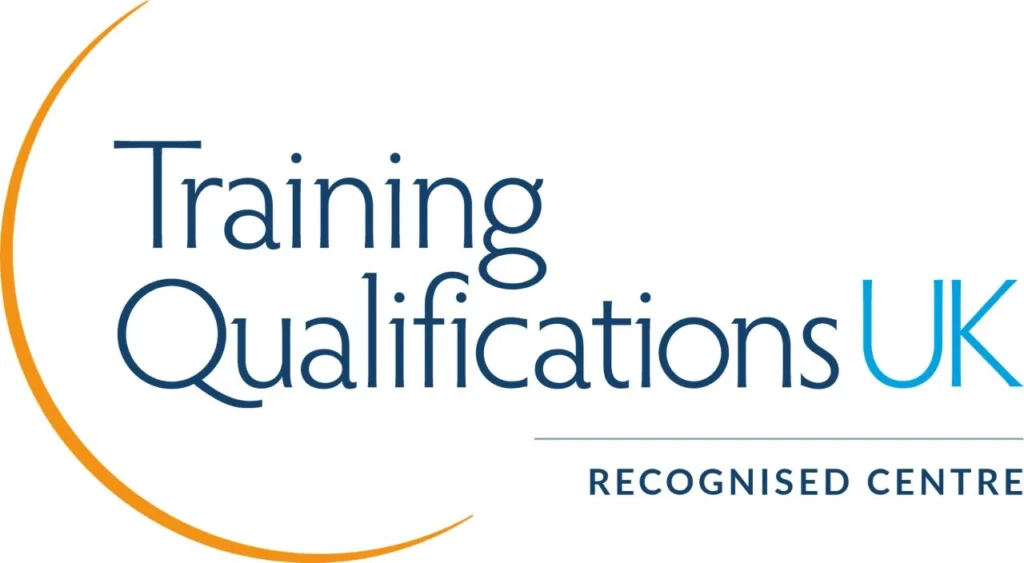
Effective Classroom Monitoring Techniques for English Language Teachers
VIP Community
Introduction
Monitoring students is one of the most crucial techniques for effective classroom management and successful teaching outcomes. Whether you’re preparing for TEFL, TESOL, CELTA, or DELTA certifications, mastering classroom monitoring can elevate your teaching skills and ensure your students’ progress. This guide offers actionable insights and strategies to help English teachers, particularly in Egypt and the Arab world, enhance their monitoring practices and foster a more productive learning environment.
When to Monitor
Monitoring is essential during various classroom activities to ensure student engagement and maximize learning outcomes:
- Speaking Activities: Track fluency and accuracy while identifying areas for improvement.
- Writing Exercises: Observe students to catch errors, encourage self-correction, and provide constructive feedback.
- Pair and Group Work: Monitor collaboration, task accuracy, and ensure all students remain on task.
Purposes of Monitoring
Effective monitoring serves multiple purposes that enhance teaching and learning:
- Assessing Progress: Provides insights into students’ strengths and areas needing improvement.
- Boosting Performance: Helps track individual development and maintain a steady improvement plan.
- Enhancing Task Achievement: Ensures tasks are completed with accuracy and fluency while offering timely feedback.
- Maintaining Discipline: Promotes active learning and fosters motivation, even in large, mixed-ability classrooms.
How to Monitor Effectively
- Positioning:
- Arrange the classroom to ensure visibility of all students.
- Sit with different groups or pairs randomly, ensuring no one is left unmonitored.
- Tuning in on Conversations:
- Listen carefully for fluency and accuracy during group discussions.
- Pay attention to both individual and group dynamics.
- Encouraging Self and Peer Monitoring:
- Train students to self-correct and monitor their peers.
- Foster a collaborative environment for learning and feedback.
Techniques for Close Monitoring
- Move around the classroom randomly to observe all groups.
- Request oral summaries from students to assess understanding.
- Take notes on individual and group strengths and weaknesses to guide future lessons.
Micro-Teaching During Monitoring
Micro-teaching is a valuable approach that allows teachers to:
- Focus on individual students’ errors.
- Provide specific guidance.
- Create a supportive learning environment that enhances engagement and cultural awareness.
Positioning Tips for Monitoring
- Avoid hovering over students or staying too long with one group.
- Position yourself behind students, ensuring minimal distraction.
- Maintain strategic visibility and audibility to keep all students engaged.
Benefits of Effective Monitoring
- Encourages self-correction and peer collaboration.
- Enhances overall classroom discipline and task completion rates.
- Builds a foundation for better teacher-student interactions and learning outcomes.
Why Choose TEFLism College London for Teacher Training?
TEFLism College London is your trusted partner for mastering classroom monitoring and other essential teaching techniques. Here’s why we stand out:
- Expert Trainers: Learn from seasoned CELTA and TEFL-certified educators.
- Tailored Support: Courses designed for the unique challenges of Egyptian and Arab teachers.
- Proven Success: Thousands of teachers have advanced their careers through our programs.
- Flexible Learning: Accessible and affordable options for TEFL, TESOL, CELTA, and DELTA certifications.
Start Your Journey Today
Take the first step toward transforming your teaching career with TEFLism College London.
- Explore courses like CELTA Preparation, TEFL Certification, and DELTA Module 1 Preparation.
- Join a community of educators committed to excellence.






